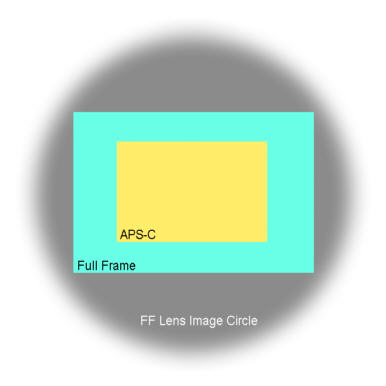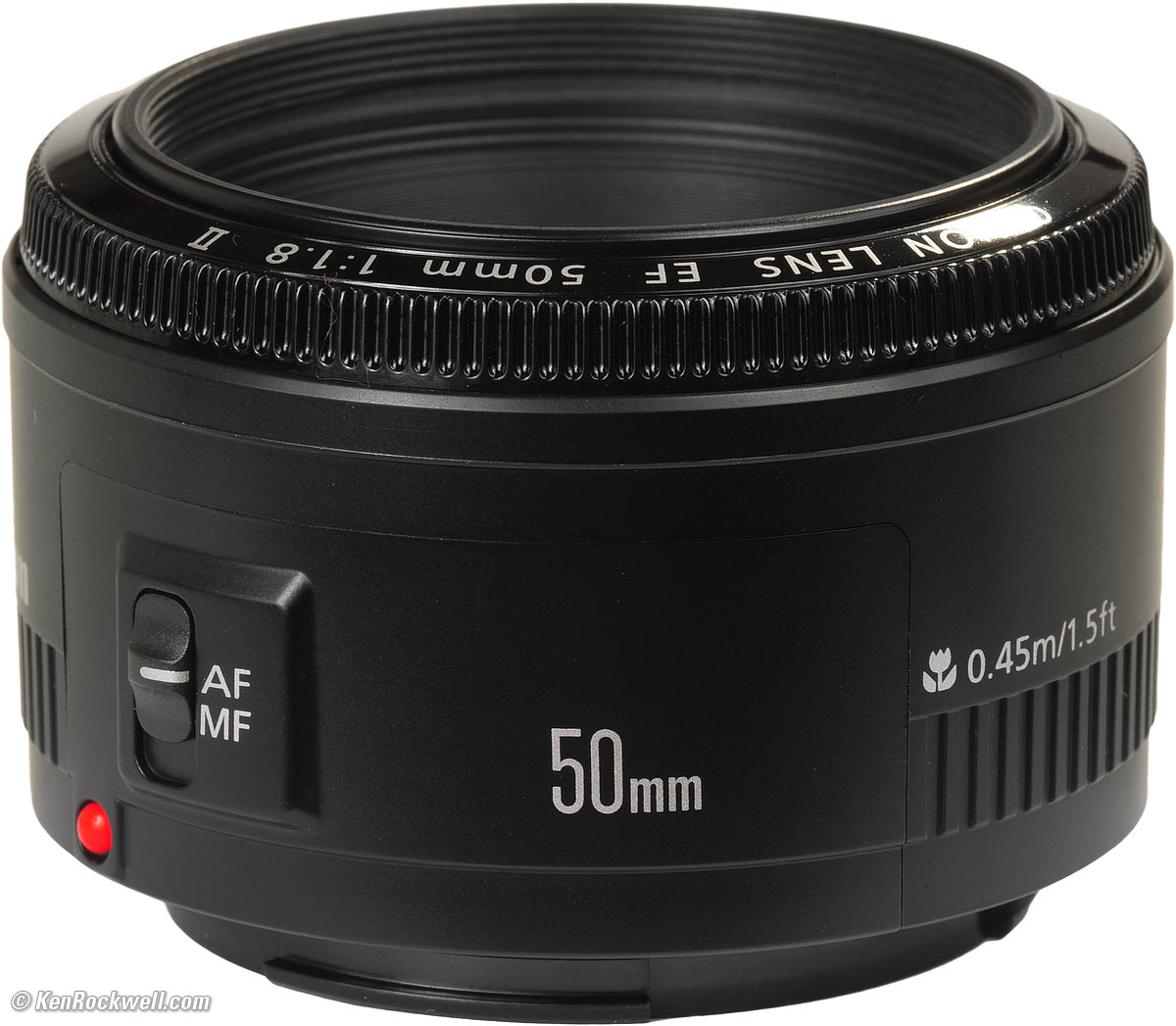Some of you guys were wondering what lenses and gear i use for my photography shooting. I do have a couple of lenses and stuff but they are not as 'outstanding' like the ones pros use. (This is considered a STARTER PACK by the way so you can now guess how much it costs to get a set of gear. Not to mention i still don't have an Ultra wide angle lens )
FROM LEFT TO RIGHT:
- Yongnuo YN560-III manual Flashgun with diffuser box
A cheap starter flashgun that works well for me in most situations. Although sometimes while shooting in burst mode some shots will not have flash fired (in other words some shots will be dark). Adding a diffuser box enables the flashgun light to be distributed around the surrounding, as opposed to light travelling straight when flash fired without diffuser box.
(future blog post will cover on usage of flashgun vs popup flash and also explain differences between manual and TTL flashes) - Canon EOS 700D (or Rebel T5i) Body
Released in 2013 as successor to the 650D (though literally no difference except for the exterior), the 18 megapixel 700D is a really good camera for entry level photography. It is the second iteration of cameras that has a swiveling (vari-angle) LCD and a touch screen which enables to select your target to focus and shoot. Canon has a easy to use interface and the buttons are well placed for easy changing of camera settings. The dial (which has different modes) is now a full 360 degree turning one. Though the FPS (frames per second) of only 5 isn't that impressive and that the camera buffer, which slows down to a crawl after firing 7 shots continuously, it is still a good all rounded basic camera.
It is an APS-C sensor camera so there is a crop factor of 1.6x (as mentioned in previous posts). No matter what lens you use, the crop factor still applies. (refer to EF vs EF-S lenses showdown)
In 2015, the 700D has been succeeded by the 750D (T6i) and the 760D (T6s) which sports a new 24.2 megapixel camera and the 760D has a secondary LCD on top of the body, similar to the more professional models such as Canon 5D mark III, 7D mark II and so on. (review on 750S and 760D vs 700D coming soon)
- - Canon EF-S 18-135mm f/3.5-5.6 IS STM lens
Coming with the 700D body when you get the Kit II, this 18-135mm lens is the best lens to start out with. it gives more range than the 18-55mm lens (a.k.a the lens given if you buy Kit I) and thus enable you to shoot from further distance without going closer to your subject. However 18mm is not as wide but will get the job done on most basis. (18mm * 1.6 crop factor = 28.8mm)
However while zooming in, the lens aperture changes and therefore shots get darker if you zoom in (most zoom lenses are like that, except for those with 'constant aperture' which stays in the same aperture even while zooming.) At 18mm the aperture can be at the widest aperture of f/3.5 but as zooming in it will change untilyou reach 135mm, where the aperture will be at f/5.6 (thus the reason why it goes darker). One way to counter this is to set f/5.6 aperture right from 18mm (but that would mean you have to compensate for the narrow aperture)
All in all, it is a well all rounded lens at an affordable package. I highly recommend to get the camera body with this lens as you need not invest in other lenses that quickly (though it will be slightly heavier BUT better build quality than the 18-55mm lens*)
Unfortunately this is an EF-S lens. This can only be used on APS-C sensor (also called crop) DSLRs so if you're upgrading to full frame, you would have to purchase with a zoom lens.
Maybe a Full Frame camera with 24-105mm f/4 IS USM L lens or the 24-70mm f/4 IS USM lens. (It has the L lens which is a really good and 'professional' lens, more explained on Canon L lens in future posts)
*18-55mm lens has a plastic mount which is 'cheap' feeling and the durability is not as fantastic as this lens which has a more solid build and a metal mount. - Tamron 70-300mm f/4-5.6 Di VC USD Telephoto lens
Do not confuse this with the old obsolete older brother, the Tamron 70-300mm f/4-5.6 LD Di Macro Lens. This 70-300mm lens is Image Stabilisation, which Tamron calls it Vibration Control (VC).
This lens is Tamron's first lens to have ultra sonic motor focusing, which they call it Ultrasonic Silent Drive (USD) and it has a distance indicator in the focusing ring so you can see and control the focus ring better based on distance while focusing manually. It offers Full Time Manual Focusing (FTM) which means you can turn the focus ring around even when you set it to Auto Focus.
However one problem is that there is no Lock switch to prevent the lens barrel from turning. This is not a deal breaker but you got to watch out while carrying it, especially with its hood attached onto the lens from your bag.
(speaking of hood, the hood is where my lens blower and cleaning kit are in)
The image quality is really good, and price wise it costs about $400 USD (depends where you look) but you can also opt for second hand which is cheaper). Shooting with slower shutter speed at 300mm is now possible thanks to its really good VC. This lens can be used on full frame DSLR so you need not worry about whether it can be used on them or not.
This lens has an advantage for APS-C camera users. Thanks to its crop factor of 1.6 (for Canon DSLR, other brand is 1.5), at 300mm it gives a view of 480mm and therefore allowing to shoot objects further from you, compared to full frame which does not have the crop factor and thus the view is at 300mm.
One annoying thing is the variable aperture, but as mentioned before, it is normal for zoom lenses to have this. At 70mm it is widest at f/4 and zoom in to 300mm it will progress and come to f/5.6. As mentioned before you can set it to f/5.6 and above to prevent the 'aperture transition' while zooming in.(though you have to compensate for correct exposure) - Canon EF 50mm f/1.8 STM lens
Cheapest lens in the Canon lineup, this little boy has a very wide aperture of f/1.8 and the build quality, though still plastic, is now better compared to the Mark II version which had cheap build quality and plastic mount (the STM version has Metal mount and better quality build). This lens is best used on full frame as 50mm is a very useful focal length. On APS-C however the focal length is now 80mm (1.6x multiplication) which is a bit narrow but still useable. This is a very cheap and good option for people who are looking for lenses with wider apertures.
This lens does not have Image Stabilisation so You would have to shoot at 1/50 (for full frame) or 1/80 (for crop_ and faster to prevent shake while shooting handheld. But hey the f/1.8 should be able to compensate for that.
Speaking of which, shooting at f/1.8 is not recommended for shooting a group of people (unless all of them are of the same distance) as sometimes the focus might ONLY be on one person and the rest are all blurred. More will be discussed in future posts. - Cleaning Kit
You will definitely get dust on your lenses or inside your camera so you need a cleaning kit. Get a lens brush, some ear buds (you don't need to buy separately, just the normal ones you use), micro fiber cloth (best to clean smudges and dirt) and a lens blower (to blow dust out from your lens / camera sensor. HOWEVER be very cautious if you are cleaning inside your camera, especially your sensor. One small move and your sensor can be damaged or scratched,
- Camera bags (not in picture)
I use a small Nikon Canvas bag (better material and cheaper than the canon EOS DIGITAL bag they give) which can accommodate 2 lenses and body or one lens, one body and a flashgun (but you got to plan wisely on how to store your flashgun). I normally use this for events that i do not require much equipment
(cred: http://www.7daydeal.com/media/catalog/product/cache/1/image/9df78eab33525d08d6e5fb8d27136e95/i/m/img_7197.jpg)
If I need to carry more gear, then i use the bigger sling bag from Amazon. I prefer this because i can put one body and 4 lenses/ 3 lenses + 1 Flashgun / Water bottle. (although putting water bottle inside the bag might cause fungus to grow in your equipment so try not to do that). Although it looks dorky when bulky it still serves the purpose. Moreover if I carry my tripod, i would just strap onto the handles so i can carry as one whole set. It is also very cheap to get. I highly recommend this for newcomers
to buy: (http://www.amazon.com/gp/product/B00CF5OHZ2/ref=as_li_tl?ie=UTF8&camp=1789&creative=390957&creativeASIN=B00CF5OHZ2&linkCode=as2&tag=beebom-20&linkId=IT5X7QS5ZFMPVANQ)
But that being said, Backpacks are still better, especially if you are travelling overseas. You can store laptop and lenses inside. Some bags cater more to camera equipment, some more towards storage of other things by user (meaning lesser space for camera equipment) so you have to see and think whether it suits you or not. Moreover it is paramount to get one with a TRIPOD HOLDER so that you can carry everything on your back and keep your hands free (also it can be pointless buying a camera backpack that doesn't have a tripod holder.)
So that is it! hope that can give a clear picture on what gear you can opt for, but this is just my opinions so if there is anything wrong with it or maybe i could better talk about, please comment down and i shall reevaluate myself.
Sorry for the delay of my post though.
See you in my next blog post!
BucketUrPhotos
BucketUrPhotos










 vs
vs 






%2Bedited.jpg)
%2Bedited.jpg)





